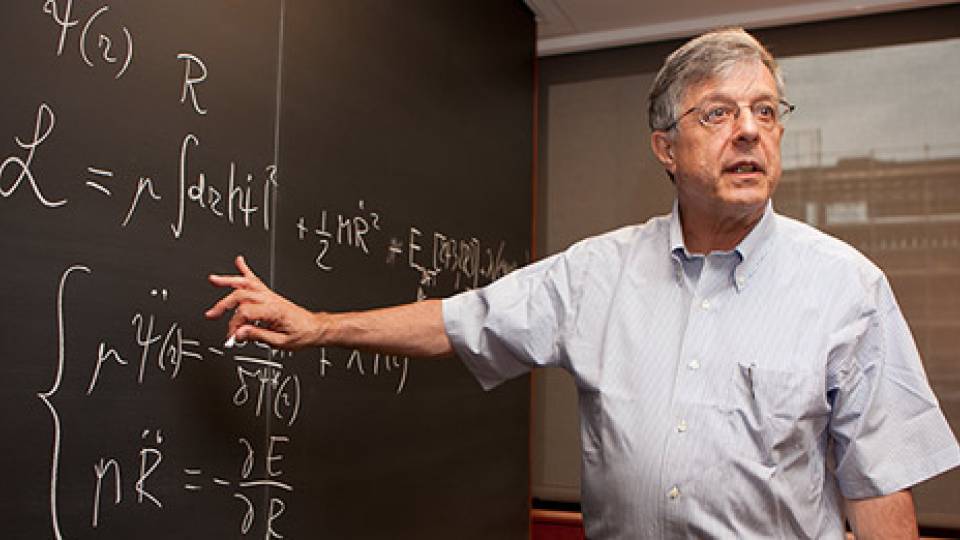Princeton researchers have untangled the mystery behind a puzzling
phenomenon first observed more than a decade ago in the ultra-small
world of nanotechnology.
Why is it, researchers wondered, that tiny aggregates of soap
molecules, known as surfactant micelles, congregate as long, low arches
resembling Quonset huts once they are placed on a graphite surface?
To fellow scientists and engineers, this question and the researchers’
answer is tantalizing since the discovery gives insight into “guided
self-assembly,” an important technique in nanotechnology where
molecules arrange themselves spontaneously into certain structures. It
also may lead one day to valuable technological applications such as
the creation of anti-corrosion coatings for metals and biomedical
applications involving plaque formation with proteins.
In a paper appearing in the Jan. 13 issue of Physical Review Letters,
a premier physics journal, Dudley Saville, Ilhan Aksay, Roberto Car and
their colleagues explain how they unraveled the mystery. Saville and Aksay are members of the chemical engineering faculty, and Car is a professor of chemistry and the Princeton Institute for the Science and Technology of Materials.
The scientists discovered they and others had been operating on the
flawed assumption that -- in response to the texture of the graphite
beneath them -- surfactant molecules assembled themselves into Quonset
hut shapes that stayed put.
Using atomic force microscope imaging by research associate Hannes
Schniepp, the Princeton scientists were able to see that the micelle
structures were not static but, rather, constantly on the move,
building and rebuilding themselves into the same structures.
The researchers began to think of the images under their microscopes not as Quonset huts, but dancers.
“We spent a year trying to describe why these rods orient themselves on
the graphite surface,” Saville said. “But it turns out that we had
imaged the dancers in freeze-frame. What we did not take into account
in our original thinking was that micelles on the surface are in
constant rotary motion.”
Under most conditions, small particles make tiny random movements known
as Brownian motion. Powered by Brownian motion, a single surfactant can
be thought of as a dancer spinning about on her own; it is impossible
to predict the precise pattern of movement.
The researchers discovered that, when assembled on a graphite “stage,”
the micelle dancers no longer moved randomly, but fell into a
choreographed pattern of movement.
What was overriding the Brownian motion?
The answer turned out to be a phenomenon known as van der Waals forces,
which are weak interactions between molecules caused by slight
imbalances of electric charges. The van der Waals forces are just
strong enough to overcome the random Brownian motion and twist each
micelle into a specific orientation.
Basic work by research associates Je-Luen Li and Jaehun Chun provided a
description of the angular variation of the van der Waals interaction,
and this enabled the group to cinch their argument.
The scientists said their work opens new horizons to explore. “You need
a critical number of dancers for this to happen, but we have no idea
how many,” Aksay said. Moreover, he noted, the researchers can move on
to other interesting questions, now that they know that the micelles
are dynamic and understand the time frame in which they move. “This
opens up the prospect for even more rigorous thinking.”
The research was funded in part by the National Aeronautics and Space
Administration through the University Research, Engineering and
Technology Institute on Biologically Inspired Materials and by the National Science Foundation through the Princeton Center for Complex
Materials.

